automatic pump control
KSh 7,500.00
automatic pump control
An automatic pump control system manages and regulates the operation of a water pump based on conditions such as water levels, pressure, or flow rate. It ensures that the pump operates efficiently without requiring constant manual intervention. Here’s how it works and what it typically includes:
features
- Pressure Sensing:
- Water Level Sensing
- Flow Sensors
- Time-Based Operation
- Dry-Run Protection:
- Remote Control and Monitoring
Applications of Automatic Pump Controls:
- Water Supply Systems: It controls pumps in residential, commercial, and industrial water supply systems.
- Irrigation: The system controls irrigation pumps for farms or gardens.
- Sewage Systems: It ensures consistent operation of sewage pumps.
- Swimming Pools: The system regulates pool pumps for filtration and water movement.

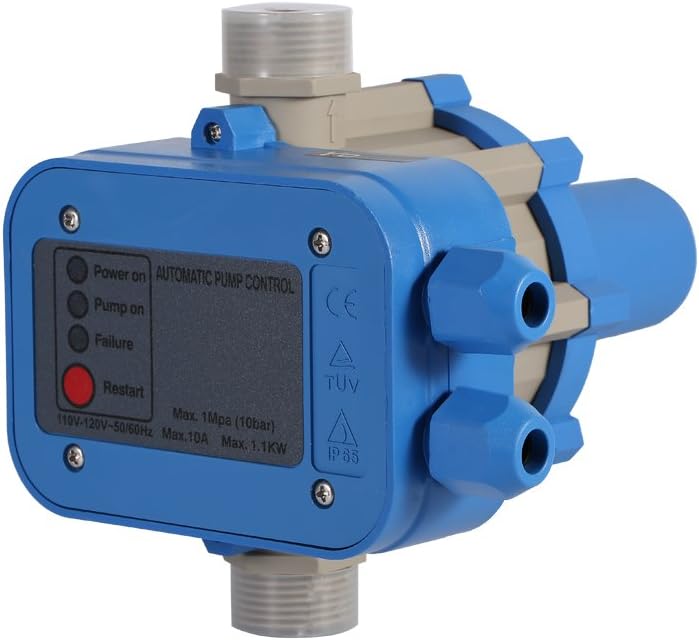

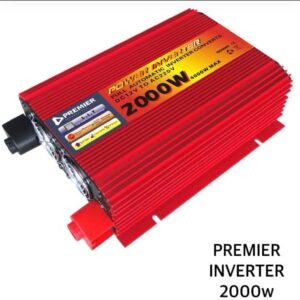
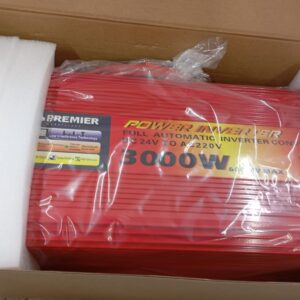

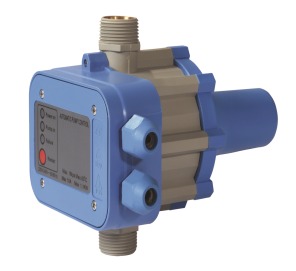

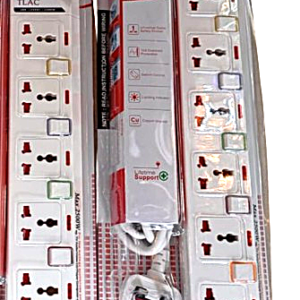

Reviews
There are no reviews yet.